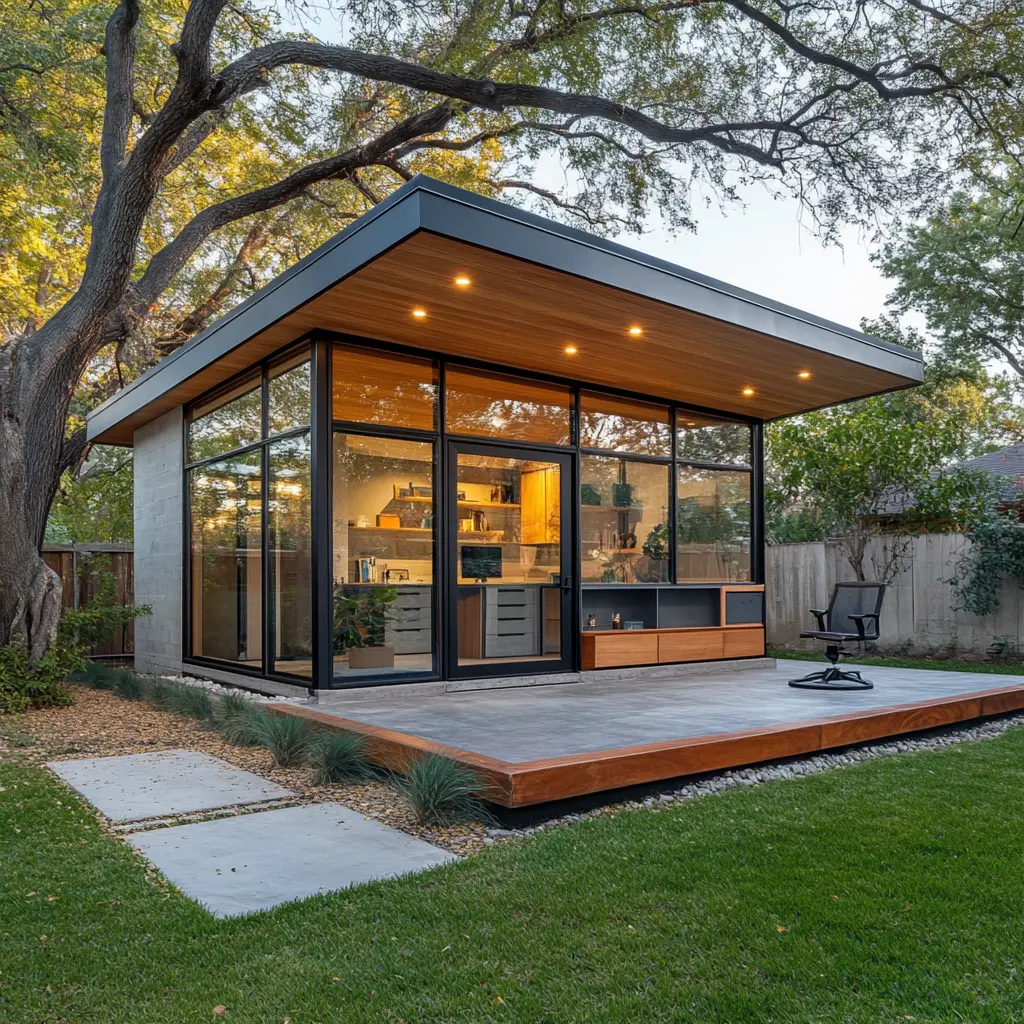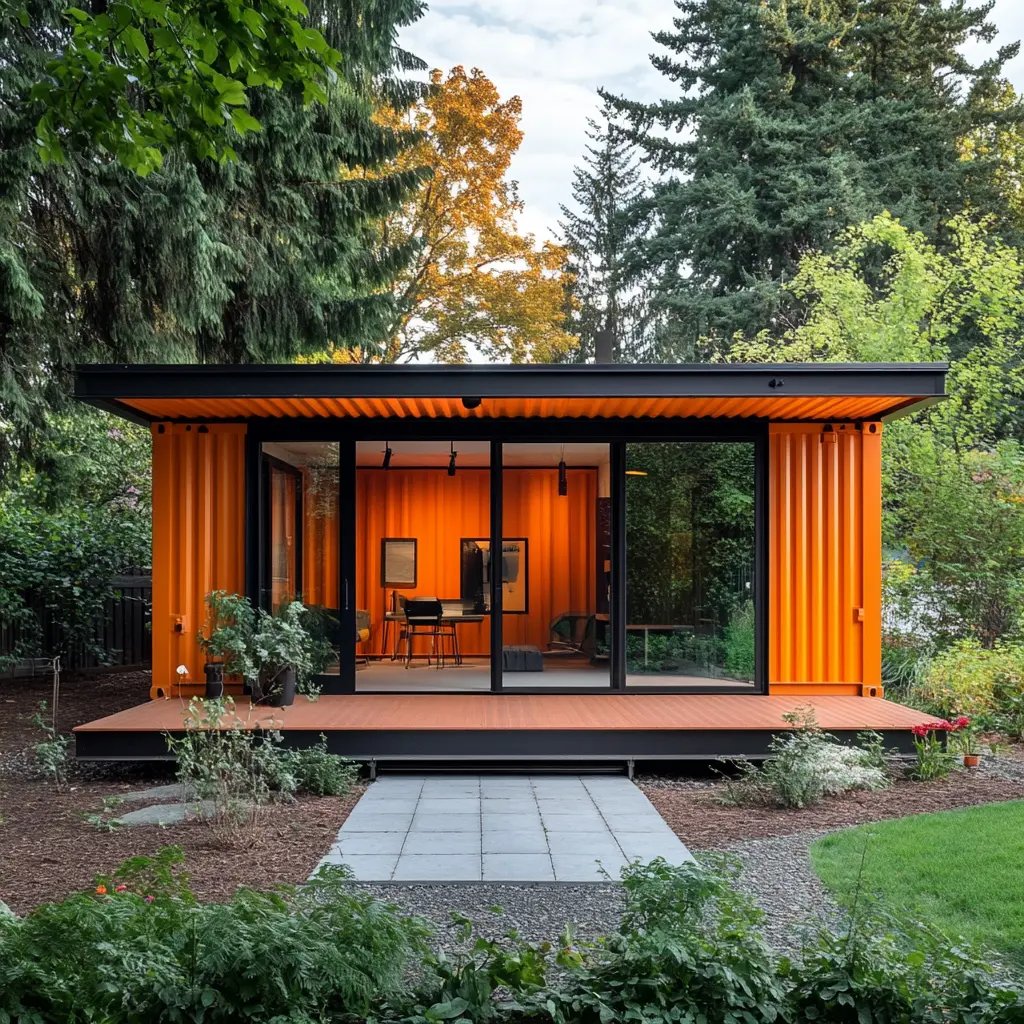
Understanding ADU Zoning Laws in 2025: Key Changes for California Homeowners
In 2025, the landscape of Accessory Dwelling Units (ADUs) in California is undergoing a profound shift, thanks to new ADU zoning laws. Whether you’re considering building an ADU on your property or already have one, understanding these laws is crucial. This comprehensive guide will walk you through the critical changes in ADU zoning regulations and explain how these can impact your property, investment, and future plans.
regulations for ADUs are often complex, and each city in California may have slightly different rules, but the recent legislative changes provide new opportunities for homeowners. By the end of this article, you’ll have a solid understanding of how to navigate these laws and how they can benefit you as a p

Why ADU Zoning Laws Matter for California Homeowners
In California, ADU regulations are crucial in determining how, where, and under what conditions homeowners can build accessory dwelling units on their properties. These laws are key to addressing the growing demand for affordable housing across the state. However, they come with specific requirements that can vary depending on the municipality.
Whether you’re in Los Angeles, San Francisco, or any other area, understanding the local nuances of ADU regulations is essential to ensure your plans are both compliant and cost-effective.
Key Modifications to ADU Zoning Codes in 2025
- AB 1033 – Selling ADUs Separately: One of the most significant changes in laws for accessory dwelling units this year is AB 1033, which allows homeowners to sell their ADUs separately from the main residence. While this is an exciting opportunity, not all cities in California have embraced it. Homeowners must check with local authorities to see if their area permits this.
- AB 976 – Streamlining Approval for ADUs: AB 976 makes it easier for homeowners to build ADUs by simplifying the approval process and eliminating unnecessary restrictions. For example, AB 976 removes parking requirements for ADUs built in areas with public transportation access, making it easier for homeowners to add ADUs without worrying about space limitations.
- AB 434 – Affordable ADUs: AB 434 focuses on making ADU development more affordable by reducing impact fees and eliminating parking requirements for properties within half a mile of public transit. This helps reduce the cost of construction, making it a viable option for more homeowners.

Want to make the most of California’s new laws for accessory dwelling units?
Contact us today for a consultation with an expert in accessory dwelling unit laws and discover how to start your project.
City-by-City Breakdown: ADU Regulations Across California
Different cities in California have unique laws for accessory dwelling units, so it’s important to understand the specifics of each location. Here’s a quick comparison of how regulations for ADUs differ across major cities:
| City | Key Regulations | Parking Requirement | Impact Fees |
|---|---|---|---|
| Los Angeles | AB 1033 allows for the sale of ADUs separately. AB 976 simplifies the approval process. | No parking required near transit | Reduced impact fees |
| San Francisco | Flexible ADU zoning laws with incentives for homeowners. AB 976 supports ADU construction by reducing red tape. | Parking requirement waived in certain districts | Impact fees reduced in certain zones |
| Sacramento | Emphasizes creating affordable housing with minimal restrictions. Supports AB 434 for ADU affordability. | No additional parking required | Lower impact fees |
| San Diego | Allows for easy conversions of existing structures to ADUs. Aligns with AB 976 for streamlined processes. | No parking needed in transit zones | Impact fees deferred until occupancy |
| Oakland | Encourages ADU development with various incentives. Supports both AB 1033 and AB 434 to make ADUs more accessible. | Parking rules relaxed near public transit | Impact fees reduced |
How to Navigate ADU Regulations for Your Property
Navigating ADU zoning laws can be complex, but by following a few simple steps, you can avoid common pitfalls:
- Consult Local Regulations: Begin by researching your municipality’s ADU zoning laws. Contact local planning departments to get precise information on regulations and permits.
- Work with Professionals: Engage with real estate professionals, urban planners, or attorneys familiar with ADU zoning laws in your area to ensure compliance with local regulations.
- Explore Financing Options: Several new laws offer financial incentives for ADU construction. Look into grants, tax credits, and deferred fees to reduce your upfront costs.


Benefits of Building an ADU
- Increased Property Value: Adding an ADU can significantly increase the value of your property, making it an excellent long-term investment.
- Rental Income: You can generate passive income by renting out your ADU to tenants, whether long-term or short-term.
- Housing Flexibility: ADUs provide additional space for family members, aging parents, or guests, offering more flexibility than traditional home expansions.
Conclusion
The new ADU zoning laws in California are opening up incredible opportunities for homeowners to enhance their properties, generate income, and provide more housing options in response to California’s housing crisis. By understanding these laws and working within local regulations, you can take full advantage of ADUs to increase your property value and improve your quality of life.

Unlock the Full Potential of Your Property: Learn About ADU Zoning Laws in California Today
Discover How ADU Zoning Laws Can Boost Your Property Value





